PREFACE
Below is a synthesized perspective on art that draws from the ideas of Joseph Campbell, Buckminster Fuller, R.D. Laing, Ashley Montagu, Douglas Hofstadter, Timothy Leary, Ram Dass, and the Dalai Lama—while adding some new threads that weave them together into a coherent vision.
Art as a Portal to Deep Reality
Across these diverse thinkers, there is a consistent theme of art as a portal—a gateway into realms of experience that lie beyond ordinary awareness or mundane perception. Whether we call these realms mythic (Joseph Campbell), structural (Buckminster Fuller), existential (R.D. Laing), empathic (Ashley Montagu), recursive (Douglas Hofstadter), psychedelic (Timothy Leary), devotional (Ram Dass), or compassionate/spiritual (the Dalai Lama), art is depicted as a medium that has the power to reveal hidden truths about the mind, the spirit, and the very nature of reality.
Universal Patterns and Archetypes: Campbell underscores art’s power to communicate archetypal stories—patterns that speak to us at the core of our humanity. Hofstadter finds such patterns in self-referential loops, while Fuller sees geometric elegance as a sign of underlying natural laws.
Psychological Healing and Authenticity: Laing frames art as a liberator from societal constraints, a way to articulate repressed realities. Montagu connects art to empathy and shared humanity, suggesting it can break down barriers of prejudice.
Consciousness Expansion and Transformation: Leary and Ram Dass see art as a catalyst for inner evolution—sparking the dissolution of ego boundaries and revealing the sacredness in all experience.
Compassionate and Spiritual Expression: The Dalai Lama highlights art as a means of fostering universal values like love, interdependence, and moral responsibility for others.
In essence, each thinker illustrates how art resonates on multiple dimensions: it can heal and provoke introspection, encode intricate patterns that awaken curiosity, express transcendence, and help us glimpse our connection to the cosmos.
A Unifying Vision
When viewed together, these perspectives suggest art is simultaneously personal and universal—that is, it springs from the depths of an individual’s psyche yet can speak to collective themes that transcend time and place. Art becomes a unifying language for conveying experiences of awe, love, grief, insight, and the infinite intricacies of consciousness.
Art as Inner and Outer Bridge
Art bridges the inner landscape of feeling, intuition, and non-rational insight with the “outer” world of form, function, and scientific pattern. The geodesic dome or fractal design can move us aesthetically while exemplifying efficient engineering—blurring the line between “art” and “technology.”Art as a Catalyst for Empathy and Social Growth
It can bring societies together or challenge them to evolve. Devotional or ritual art fosters communal identity, while avant-garde or psychedelic art can disrupt complacent thinking, ushering in new values and communal structures.Art as an Invitation to Play and Wonder
Leary, Hofstadter, and Ram Dass all highlight the playful dimension of creativity—a sense of curiosity, humor, and improvisation that breaks our usual mental constraints. By stepping into the realm of imagination, we momentarily loosen habitual patterns and find new modes of perception.
Toward an Evolving Understanding
Building on these insights, we can imagine art as an ever-evolving evolutionary tool, shaped by technology, psychology, and spirituality:
Neural Cartography: Art maps the mind’s hidden corridors—cognitive, emotional, and spiritual. As new media (VR, AI-assisted generative art) emerge, we can delve even more vividly into the “strange loops” of consciousness.
Cultural Syncretism: As global connectivity expands, artists increasingly draw on multiple traditions, catalyzing hybrid forms that speak to the universal truths recognized by Campbell, Montagu, and the Dalai Lama while retaining unique local flavors.
Community-Building: Following Ram Dass and Montagu’s emphasis on love and empathy, art can serve as the “common hearth” where people gather, encounter one another’s stories, and forge bonds through shared aesthetic and emotional experiences.
Finally, we might propose that art is not merely about ‘making something beautiful’ but about activating deeper currents of awareness, cultivating empathy, and even instigating social change. It joins mythic resonance (Campbell), scientific insight (Fuller, Hofstadter), psychological authenticity (Laing), and spiritual devotion (Ram Dass, Dalai Lama) to transform both the individual heart and the cultural whole.
In this way, art becomes a living tapestry of evolving consciousness—one that incorporates each thinker’s core insight, while continually weaving fresh threads of revelation, connection, and possibility.
[ChatGPT’s summation from a few mentors]
Oscar Wilde once said that if you know what you want to be, you will become it. That is your punishment. But if you don’t know for sure what you want to be, you can and will try on various hats, and thereby live what Mr. Wilde calls the dynamic life or artistic life.
I certainly fall into that camp, which is probably also the same camp as a lot of other left-handers, for reasons I may explain later. And by I, I mean the royal we.
Let me begin to describe a day in the life of this artist. Not as fully as Joyce. Nowhere near. Just a list of activities, with some commentary.
I’ll start with today, first with what I have done already, and then what I hope to have done by midnight. Or midnight thirty.
It is 6:12 am. And 18, no 19 seconds. I clawed myself out of bed at 5, heated some coffee, turned up the thermostat, hit the can, fed the cats, drank more coffee, and sat on the sofa, and began reading Victoria Finlay’s “Color”, which I just scored from Abebooks.
Abebooks is where used books live, basically. A vast network of independent booksellers.
In Finlay’s Introduction, she lists a few ancient and important art books, a couple of which I find for a good price on Abebooks, and order.
As it is approaching 6 am, I begin to think of accompanying music for my early morning reading. Bagar and Biancolli’s “The Concert Companion: A Comprehensive Guide to Symphonic Music” suffices as an idea bank for new and unheard music. Grove’s massive set would be most ideal, but that would be too much this this small space.
The Contents section is alphabetical by composer, and I have been listening to the unfamiliar ones, alphabetically. Arensky, Balakireff, Benjamin, Blitzstein, Busoni, Carpenter, Castelnuovo-Tedesco, Chabrier…
Lately I have been listening to them on Youtube Music, at other times, Amazon Music, via Alexa.
Early mornings are great times to spent with a book and a pencil, and my addiction to learning, which has never ceased, means there will be underlinings, dogears, and sundry marginalia.
Marginalia is all the notes and scribbles in the margins of books.
Margarine is butter made from petroleum.
The books I order are Cennini’s “Il Libro dell’Arte” translated as “The Craftsman’s Handbook” and “Mappae Clavicula”. They didn’t have Theophilus’ “De Arte Diversibus”. Strangely as kids, Theophilus was a name that was tossed around quite frequently.
After eating some tabouli, avocado and olives, and finishing my coffee and apple juice, I take to the keyboard for some practice with chords. I use this chart.
A trick that artists will do is illustrated by the chart above, which shows a few basic patterns. The patterns are meant for drummers, but a pianist or guitarist or anyone else can adopt them into their practice. For instance, I will strum the guitar NOT as up, down, up, down…but rather up, down, up, up, down, up, down down, then repeating that 8 strum pattern…and so on. Same with piano. And the patterns can be applied to chords as well as notes.
These crossover studies will help you to create a unique sound.
Playing in different modes is another way to snap out of musical lockjaw. Same with different time signatures. Dave Brubeck’s classic “Time Out” explores a few different time signatures, and they will give you a feel for them. “Take Five” for instance is in 5/4…broken down as 123,12. And Blue Rondo a la Turk is in 9/8. 12,12,12,123.
But now I weary of playing music and want to sleep. But rather than sleep I opt to mix some paints. Of late I have been delving into the creation of my own colors, rather than purchasing them, premixed, in tubes. For Christmas I am making painting for friends, based on their favorite colors. Next year I might add “favorite shapes” but am open to suggestions. Joy likes lavender and Marsha likes forest green and deep purple.
To get lavender, I mix red and blue, then start adding white until it is a satisfying tint. Adding white creates a tint, adding grey creates a tone, and adding black creates a shade. For Forest Green I will add black and blue to green green. Surely there is a name for what I am using if only I were inclined to want to go and see, which I am not, at the present. But while I am thinking about it, I will head over to Facebook, and ask Jack his favorite color. And maybe a few others. While I’m mixing.
The astute reader, as opposed to the ass toot reader, or the one I call The Great Flatulator, will have noticed that I did not follow my instinct to go to sleep, but rather shifted my focus, where a new batch of energy awaited me.
One day, in the 1970s, I was in the Salvation Army store on Central Avenue, down where Gary used to live, in that long two-story brick rectangle from the 1950s, I am guessing. Rifling through the books, with Lucy, or maybe Rob, I notice a book by Steve Allen, the polyhistor who created, among many other things,” The Tonight Show”. I open it up. Like Walt Whitman, I have the knack for turning to the exact best section. I read.
He was once asked how he was able to do so many different things, like books, artworks, symphonies, ballads, TV shows, and so on…and he talked about changing domains rather than sleeping, once one domain has used up its energy.
So the paint is mixed, and a first layer is applied to the canvas. I mix in a little white in order to brighten it up. Joy is very bright, like the sun. A sunflower. Hmm. I start pondering over painting a sunflower with a lavender background. An ochre sunflower, say.
So I use up my painterly energy, and wash up for a walk around the neighborhood, where I may bring a bag and long finger device, to pick up after the rampaging youth and their vast pollutions.
As I walk, I drill.
Bruce Lee once said that more than he who knows a thousand moves, is one who has drilled one move a thousand times. And it is he whom he fears.
But you can drill anything. Currently I am drilling an alphabet of grateful greetings. By that I mean, I am going over in my head a term for hello and a term for thank you, in languages A to Z.
It is way easier than my original drill, two springs ago, where I drilled over a hundred such beasts. Now I just have to cough up one per.
Sometimes I think in terms of usefulness and/or popularity, in which case, I would start with Arabic: Merhaba. Shukran.
Sometimes I would start with what is most ancient. Akkadian. Allo. (No word for thanks that I know of.)
Sometimes I will just choose a small, odd language like Alsatian: Hallo. Mersi. Here were the A-listers from the 100+ drill:
Arabic Salam Marhaba Shukra
Afrikaans Hallo Dankie
Amharic Selami ameseginalehu
Alsatian Hallo Mersi
Aragonese Ola Gracias
Azerbaijani Salam Təşəkkürlər
Akkadian Aloo
Assamese Namaskar Dhanyabad
Aklan Kumusta Saeamat
Aramaic Shl'am lak -Yishar
Armenian Parev Mersee
Albanian Ç'kemi Falemenderit
In this 21st century, you will see that many of the old ways of making art in its various forms have transformed, and are transforming, in remarkable, even wondrous, ways. The impediments to making art, creating symphonies, designing cities, skyscrapers, tomorrow’s transportation systems and vehicles, and more have been all but removed from nearly everyone. One needn’t have hands or arms to make art. Today you can simply call it in.
We will discuss these changes and the possibilities they make available to those of us who are involved in creating the future. And the best way to predict the future is to create it. In fact, when we were creating the Worldwide Web in the mid ‘90s, that quote was a guiding light to many including myself. The art of the web was different from the art that went before, and adjustments had to be made in order to accommodate and be accommodated.
First let me state that an artist need not ever touch paint or canvas. Ancient cave art was not created by paint or brush, nor is it a canvas. Today, in the 21st century, Art takes on a variety of forms, and you, as an artist, can and will take up and expand upon a few yourself, and hopefully create entirely new forms of expression and conveyance.
And since Art is bigger than painting, or any one other discipline, one’s art education need not take a traditional art education path. Mine certainly didn’t. Far from it. For a good portion of my life, I considered my education as an artist more as a hero’s journey, maybe because at the end of one journey and the beginning of another, Joseph Campbell, one of my treasured and remarkable influences, was in my hand, in the form of “Hero with a Thousand Faces” as I left North Carolina…
…and within a month or so of being in Massachusetts, where I was spending the day with him, at Harvard, in the Science Center, attending a seminar he called “The Hero’s Journey”.
Joseph Campbell viewed art—along with myth and religion—as a fundamental means of revealing deep truths about the human experience. He believed that great art points us toward the “invisible plane” of reality: a realm of archetypes, symbols, and universal themes. Below is a concise overview of his perspective and tastes:
1. Art as a Path to the Transcendent
Art Connects Us to the Mythic: Just as myths act as symbolic roadmaps of the human journey, Campbell thought art can function in a similar way. A painting, piece of music, or sculpture can “speak” to the unconscious, opening us to insights that ordinary discourse cannot easily convey.
Art Evokes Wonder: Campbell emphasized that one of the purposes of both myth and art is to evoke a sense of awe, mystery, and wonder about life. For him, genuine art stirs feelings of rapture or transcendence—much like powerful mythic imagery does.
Art and Personal Transformation: Campbell believed that through aesthetic experience, individuals could gain a direct, personal encounter with the deeper layers of consciousness. In other words, when moved by a work of art, the viewer is temporarily lifted out of mundane concerns and into a more expansive awareness.
2. The Importance of Symbol and Metaphor
Universal Symbols: Campbell frequently underscored how symbolic images—whether found in myths or modern paintings—can speak to universal human experiences (e.g., birth, death, love, struggle). Art’s ability to present these symbols keeps them alive in the culture.
Mythic Resonance: He valued art that has a mythic resonance, meaning it draws on archetypal figures, hero journeys, or spiritual motifs that echo across different cultures and eras.
3. Types of Art He Admired
Art with Archetypal Power
Campbell found himself drawn to any artwork—ancient or contemporary—that tapped into the collective stories of humanity. This could mean everything from Paleolithic cave paintings to modern works that evoke elemental symbols (e.g., circles, spirals, animal totems).
Modern and Surrealist Influences
While he studied ancient myths and folklore extensively, he was also appreciative of modern and even surrealist art for its ability to break through rational boundaries and engage the unconscious mind. In lectures and writings, Campbell sometimes cited artists who experimented with dreamlike or abstract symbolism.
Non-Western Traditions
Given his global study of mythology, Campbell had deep respect for non-Western and indigenous art forms—e.g., African masks, Tibetan mandalas, Native American sand paintings—because they directly express mythic and ritual meanings in visual form.
Literature as Art
Campbell was also famously captivated by literary “art,” especially writers like James Joyce and Thomas Mann, who wove mythic and symbolic elements into their works. He saw these authors as using literature to perform the same function that myth once did in earlier societies.
4. Art’s Role in Contemporary Culture
Filling the Mythic Void: Campbell believed that in modern societies—where religious and mythic structures can lose their collective force—art plays an especially crucial role. By engaging with paintings, novels, films, or music that resonate mythically, people can find fresh sources of meaning and connection.
Catalyst for Spiritual Insight: For Campbell, art need not be overtly religious to invite spiritual insight. Even abstract or seemingly “secular” works can trigger a profound experience of oneness or cosmic mystery in the viewer.
In Short
Joseph Campbell regarded art as a vital, living channel for the same universal truths that myths convey. He admired any artwork—traditional or avant-garde—that evoked archetypal themes, stirred wonder, and spoke to the deeper layers of human consciousness. Whether it was a shamanic mask, a modern painting, or a literary masterpiece, if the art conveyed the power of symbol and the possibility of personal transformation, Campbell found it deeply valuable.
AI in the ‘80s
I would have similar good fortune over the coming years…as well as my share of misfortunes. Good study habits were not necessarily my bag. I would have to grow them anew.
Among the other things done in the Science Center were also two classes on Artificial Intelligence; one on A.I. in general, but with a focus being on the Prolog language, and the other being “Expert Systems”, which was more palatable, and applicable, as it focused on how AI was being used, most predominantly in the ‘80s in the medical fields.
Knowledge engineers would interview doctors and experts (and having experts was a prerequisite). Apparently the “how” took much more time to gather than the “what”. It was what AI was trying to replicate.
I spent some time with Eliza, and some of the variations thereof, as well as SHRDLU, which was engaged more in the robotics side, detecting shapes and colors, and manipulating them. Feigenbaum, Weisenbaum, Patrick Winston or at MIT, Margaret Boden at Cambridge, and others, were writing books about AI, including the societal risks and advantages involved.
But processing power was not generally available to do what needed to be done. It was as if we were back in the ‘50s trying to power a flux capacitor with corn squeezins. Come back later.
While the 70s brought us calculators, the 80s brought us word processing, personal computing, and desktop publishing, which would, in the 90s, become paperless publishing, and the internet as we know it.
In the late ‘80s, Woody Williams, Earth’s Funky Geezer, and I created some newletters and zines. University City News (UCN) was among the first, but others followed. Zines, as they were called, were small independently owned and produced works made of art and words mostly, and with colorful and strange names like “8-Track Mind” and “Eat My Shit”.
AI in the ‘90s
It was auspicious that I should return to Massachusetts in the early mid ‘90s because the Internet was buzzing, and was about to take off like a rocket…and were I back in North Carolina I would have missed it. I did, however, return and was one of her chief early evangelists, starting Charlotte Internet Society and participating heavily on Charlotte’s Web.
While in Massachusetts, I became aware of what would be the world’s first Internet World convention, which took place down along the waterfront wharf area. Three things were salient:
Things were fast going mobile.
Little to no energy or interest in the scant AI offerings.
“Business & WWW” was, by far, the most popular overflow crowd. All the energy at the time was on the future of business potential on the web. It was not yet there, and what was there was largely universities on the 2D pre-web unlinkable internet.
And so the rocket of the web took off, and AI would have to wait another thirty years, before it would take off like a rocket. And we are at that moment right now.
Then, down into the rabbit hole did I sink…
READJOYCE!
I had once read, in Encyclopedia Britannica, I believe it was, that Anthony Burgess was considered by many to be the greatest living writer in the English language, so I figured I had better get on with the close study of his works.
Anthony Burgess, as he answered to when feeling like it, was an example of an artist with many wide loves and disciplines. While most think of him as a writer, he thought of himself more as a composer. I think he may have done some painting as well as other arty things, like theatre, and has worked in films. He was also a linguist. Very much an ear kinda guy. His sentences flow like musical melodies, and his stories are symphonies.
The art of playing, listening to, and composing music was instilled fairly early, and that may help explain the several hundred odd songs I have waiting for you to listen to, at places like Bandcamp, Reverbnation, Soundcloud, and others. In the past, MP3 was a great place for such things. Even MySpace.
And when I say odd songs, I mean odd songs. Most are first or second takes, like Thelonius Monk. We find that the original energy can get lost in repeated efforts. In fact one song, “Original Energy” pays tribute to this energy.
This is on Soundcloud, where you can find 126 good clean MrWondrous tracks for your listening exuberance. Music and now…podcasts.
As an artist you will want to learn everything and create everything. These music sharing sites are a good place to display your music as well as your art, and sometimes videos. Most of my songs have their own artwork, and some have stories, while yet other will have stories. Same as with the art. And now, as I said, podcasts.
Comme ca:
As an artist, you don’t have to be a specialist in any one particular thing, as that is more what a craftsperson would do. As such, not every attempt, or essay, will be prizeworthy. But do it anyway. We, the living, contain all Mozarts, in every branch, after all. See if you are the Mozart of drums!
Bandcamp is another place where you can exhibit art and music. Here is some piano music.
And here goes some guitar music.
Here is some Film Music
An artist worth his or her salt cannot limit themselves to one or two arts or instruments, but should test everything and see what you can extract. Drums and percussion should not be excluded. Moreover, it is the case that as I child I identified with the little drummer boy, but am now far too big and old to be a drummer boy, therefore, I went ahead and became
Having apparently no shame, we even delved into singing, crooning songs to make other lifeforms swoon.
As Halloween offers rich opportunities for the artist, so too did we create an album of odd sounds for use during gatherings and hauntings.
But you can have loftier goals with your art and music. I wanted to create the first world peace symphony, then got artist, Lydia Eloff to create the cover art.
Reverbnation was one of the earlier places where I shared music. Here, you can find nearly 200 of my astonishing hits.
Enough of the music for now.
But Anthony Burgess was also a great interpreter of another great artist, James Joyce, who also played and composed music and, I think, painted. But what he is known for is his having taken the English Language to the extremes, probably more than anyone before or since. Better read him then! Learn about the portrait of this artist as a young man, and his work and words.
Turns out Mr. Joyce is a hyperpolyglot, so we will have to learn ourselves some new tongues in order to keep up with the precocious genius. And these days, Duolingo is one of the best ways to do that. Here are the 40 odd languages I am working on. And by odd, I do mean odd. Catalan, Zulu, and many other cool and groovy languages…and Xhosa is on the horizon.
As a visual artist, it is oftentimes the written language that is most fascinating. The shapes of the various scripts, ideograms, symbols and such, which can spice up a work of art. But as a musical artist, I also find the sounds of the various languages to be perhaps even more intriguing and worthy of further study. Language was sound long before it was ever seen, as the oral traditions predate the written record.
What I find most exciting about Duolingo is that you can practice one foreign language with a different foreign language. In some instances, it is the only way. For instance, Catalan is offered in Spanish only.
I have also made music from the sounds of foreign tongues, with my growing collection called “Tongues”
Moving to Cambridge and taking classes, attending seminars, lectures, concerts, performances, and demonstrations did not make me think of myself as an artist, or any other noun I can think of, except maybe student, adventurer, sponge. I prefer the verbs, doing, learning, reading, playing, creating. A doing rather than a being. Being comes only after years of doing.
For the brain to be a mere laborer in the service of the belly, is indeed the common lot of almost all those who do not live on the work of their hands; and they are far from being discontented with their lot. But it strikes despair into a man of great mind, whose brain-power goes beyond the measure necessary for the service of the will; and he prefers, if need be, to live in the narrowest circumstances, so long as they afford him the free use of his time for the development and application of his faculties; in other words, if they give him the leisure which is invaluable to him.
It is otherwise with ordinary people: for them leisure has no value in itself, nor is it, indeed, without its dangers, as these people seem to know. The technical work of our time, which is done to an unprecedented perfection, has, by increasing and multiplying objects of luxury, given the favorites of fortune a choice between more leisure and culture upon the one side, and additional luxury and good living, but with increased activity, upon the other; and, true to their character, they choose the latter, and prefer champagne to freedom."
~Arthur Schopenhauer, "The Art of Literature"
So as you see… Art saw Literature as Art. Art is big. Art is long. But sometimes Art may need a little fluffing. Philosophers can be like that.
His main point here, as I take it, is that…whether you or I are genius or not, we can still choose to live like a genius, but that might entail a very narrow existence, to which I can attest, as that has been my path, certainly over the past few decades. To an extrovert it may have been intolerable, but as a card-carrying member of Introverts International, I cherish the quietude, and in fact got up at 3:30 am just to write these thoughts without interruption.
In "Foundations of Tibetan Mysticism", a book my friend Ken Phillips gave me circa 1980, Lama Govinda says that while envisioning and creating one's universe, it is counter-productive to get sidetracked, detoured, to unseemly places, nowhere near the vision, by muddled thoughts and vague emotions, which are, I would add, of a different quality of energy than that which pulls you toward your vision...which is the structural tension, you created as a mechanism for the realization of your vision to most easily flow.
Muddled thoughts. Vague Emotions. A fair amount of my time had theretofore been saddled with such excesses, and it was time to discard these ill-suited appendages. A pretense of maturity befell me, the reality of which would be decades in coming.
From day one, in Cambridge, I would scour the papers, both the Globe and the Phoenix, which was the main alternative press, to see who was talking, playing, demonstrating and so on, and I would learn something from nearly every such encounter, some only relating to art in oblique ways. For instance, sitting and listening to the Dalai Lama speak, and then later answer questions, I learned to drink in the questions more deeply, and to sit with them long enough to form a useful and intelligent response. Granted, some of that time spent must have been due to the language differences, but I think he would have done so anyway.
From him, I had reinforced the idea that kindness, simple kindness, can be as powerful as water, which is also gentle. The power of gentleness.
Thinking back, I would have to say that gentle sensitivity was a prized trait in Cambridge, and, unlike rougher places, it was polite gentleness rather than the brutish throwing around of one’s weight and words, that won the day.
Baba Ram Dass, when I spent a similar couple or three hours with him, reacted in much the same way, and with no language barrier. Too often, people will think there is a timekeeper or something, and feel they have to hurry and get the answer out within a certain amount of time. And it can’t be too long an answer.
When you are listening to a Dalai Lama, you learn to adjust your time to theirs, and drink in the moments. We would do well to apply such sensitive calibrations to our everyday conversations as well. But the anomalies that happen instead make for some fun creative writing.
Bucky Fuller, my twelfth cousin thrice removed, thus practically my twin, was most delightful in person, as he animates that diminished frame with intelligence, grace and humor, as he explains complex theories and realities, sometimes with the help of elastically bound dowels.
The theme of listening and responding would also be the thrust of a book I picked up at a used shop, which was written first as a PhD dissertation, only reformulated to make it palatable for laymen like me who like to lay around eating Lay’s chips, anticipating Kenneth.
It was about pedagogy, more specifically about how teachers will too often truncate the necessary time for full studential responses.
Let the student finish their thought before you respond…and give yourself a little more time to formulate a more perfect response. It is not a race to the end. Enjoy and learn from the process. It is, alas, the learning.
And speaking of “their”, let me claim that since most people have many hats, and are dynamic, and certainly not rocks, we go ahead and refer to them as them and their, rather than trying to be too specific toward a singular term, denoting a oneness.
I say this only because I have an 8-track mind. And if you know anything about 8-tracks…you know they have a mind of their own. So the sum total of 16 minds can be a daunting challenge to corral, and only the strongest of wills can seem to pull it off.
And here I am, half century later, ears plugged, complaining about hearing too good. A punishment for deep listening I could conclude.
Back in those days, you could not simply dial people up on the internet, like you can today. But it is also very different, obviously. There is no darshan with online learning. And while I try and learn as much as I can, wherever I can, and have recently found the Masterclasses by artists of all stripes to be immensely useful, and highly recommend them to anyone and everyone, I would also suggest to students young and old to also try and learn directly from the masters, and if you can in a way as to have it interactive…all the better.
Know the great minds and heart of your age but learn from the great minds and hearts of all ages.
THE FIFTIES
To give you a sense of how much things can change in a decade, consider this: 1955 was the year Marty McFly went back to, when he parked his DeLorean in that farm family’s barn. In a decade, the British Invasion would be well underway, and culture would change, and, in a way, diverge.
It might be said that The Beetles defined the ‘50s, but The Beatles defined the ‘60s. But whom, you might ask, were The Beetles, to which I would respond by referring you to Marlon Brando motorcycle movies. Marlon, who happens to be a cousin, I would later find out, portrayed the leader of a biker gang called The Beetles. In the fifties, there would be competing gangs, in a world centered around motorcycles and beer. In time we would learn that both Kowalski and Kavanaugh likes their beer.
Beer, as it turns out, is a cosmic trigger, but not all that cosmic. It merely reawakens the second tunnel reality one acquires when one learns to walk, at around the anal stage, which you should be on. I hear it leaves in half an hour.
But back to beetles.
My own first introduction to beetles was when I had heard that there were these different kinds of people who lived down at the creek, and who were called “the blue beetles”. Once while on my way to school, and walking across the Bay Street path bridge over to Chantilly School, I noticed there were holes cut into the side walls of the creek, where they had built fires in order to eat a properly cooked meal, I am guessing.
The idea of these people living freely in nature, set fire to my imagination and I longed for such a carefree life by the creek.
Some people are sea people. They grew up by the sea, or ocean, and will always long for a return. That is, unless they had been nearly swallowed by it, in which case, they might have more of a fear of her awesome power.
Some people are river people, and these people were at one time in the majority. People may make land next to the ocean, but before long, they will want to explore inland. And when doing so, it makes most sense to stick close to the water and food source. So, if you are discovering your roots and are looking for immigration routes to where you are, it might be wise to consider following the rivers…at least before a certain time, when roads and highways became the primary mode of travel. Before long, flight paths may be where you would need to look, as the world plays Climate Change Musical Chairs.
“Childhood Sunlight” circa 2000
Dostoyevsky once said that suffering was the sole origin of consciousness. And I don’t have much of a memory of my earliest childhood, other than that of sunlight. A lot of sunlight. Especially while in Tampa. It was halcyon days, thanks to the gift of two loving, caring parents, whose gifts never ceased. They were, literally, the best. Don’t mean to brag. Their generation was the best.
My first real taste of suffering was when Granny up and died. She was only 70. Grandad would live just shy of thirty more years. Never unloved or uncared for. But seeing my aunts and uncles carrying him into the house where we younguns were playing, was my first awakening to consciousness. I wish I had had the wisdom to be more empathetic to Mama’s broken heart.
In general, though, before and after Granny’s death, childhood sunlight was the color and smell of Fern Hill.
THINGS I LEARNED IN KINDERGARTEN
While I am sure Mrs. Sykes and Sawyer had us do some form of art, in the first and second grade, I could not swear to it. It mostly involved crayons and large, thin, off-white particle paper, which is easily thrown away. I guess that period is for creating refrigerator art.
In the larger art world, Grandma Moses up and dies, but I still have Miss Cora Lee to take the place of her and my own dear Granny, no longer gracing us with her fabulous crispy fried chicken and creamy mashed taters. They were country folk.
One of the coolest things we learned in Kindergarten and the First grade was the art of conversation. Miss Sykes would create a circle of chairs, and we would learn the give and take necessary for a good, democratic, conversation. All voices were heard, and we came to get a sense of our differences and similarities.
THE END OF ONE WORLD
The radio sang: “Don’t they know it’s the end of the world?”
Thank God for Telstar. Even while much of the music of the early ‘60s was moribund, and not very conducive to an artful imagination, one song squeaked through, which was purely instrumental, and perhaps entirely performed by organ, though sounding almost synthy. Far more progressive than the whiny or adolescent pap pullulating on the airwaves. Perhaps a slight crack in the cosmic egg.
Basquiat is born.
Also, in September, 1961, Walt Disney released “Walt Disney’s Wonderful World of Color” which would wind up changing the color of the world and help the ‘60s become the ‘60s. Color TV had been around since 1954, but there wasn’t anything particularly artistic about it, but Disney was about to change all that, and by 1970 most houses had color TVs.
I once had a dream when a younger Walt Disney and I ambled his ample backyard, where he was showing me this and that fun thing for the kiddies to enjoy. I think it meant something, but I am not sure what. I didn’t later find out that he is very much a cousin, which means that someone who eventually had him also eventually had me, and/or Mother and/or Father. In this case, both, I think, but with different connecting gramps.
Indeed. As I dial up the charts I see two fascinating things: The first is that my mother and Walt Disney both have Baron Howth of Howth Castle and environs as a shared ancestor.
If you recall your Finnegans Wake, you will remember that the first sentence is:
“riverrun past eve and adams from swerve of shore to bend of bay brings us by a commodius vicus back to Howth Castle and Environs.” Which begins the HCE theme that runs through the book. Humphrey Chimpden Earwicker is also loosely based on yet another of Mom’s relatives. Little wonder I would be fascinated by the book nearly the whole of my life.
As it turns out, said Howth, in this case Nicholas St. Lawrence, was descended from Sir Tristram from Armorica, which Mother also shared, and from whence comes the second paragraph in Finnegans Wake which says:
“Sir Tristram, violer d'amores, fr'over the short sea, had passen-
core rearrived from North Armorica on this side the scraggy
isthmus of Europe Minor to wielderfight his penisolate war:“
So this is Walt’s ancestral contribution to my mother’s genes. For my father’s genes, his ancestral contribution is through Baron Grey, who also spawned an embarrassment of riches in the form of cousins.
Baron Grey also spawned Elvis Presley, Oprah Winfrey, Buster Keaton, Isaac Newton, Willie Nelson, Marlon Brando, Sir Lawrence Olivier, Will Ferrell, Gore Vidal, Rhiannon Giddens, Bette Davis, several of the better Harvard presidents, and more.
People, more often than not, discount their genetic inheritance, but do so to their own detriment. A few dozen years ago I wrote a poem which started:
We the living Contain all Mozarts In every branch
Only later did I realize how real and true that is. Finding the paths takes work.
I personally didn’t know the Addams Family house interior was pink until I saw a picture of the set decades later. It always looked a dingy black and white…much like the 50s itself.
Even the first Beatles appearances were black and white affairs, but that too was about to change with the release of Sgt. Pepper’s Lonely Hearts Club Band, which celebrated color, artistically and musically, and launched a decade-long progressive music renaissance that would transform the culture, for some, and create powerful regressive reactionary actors still busy today.
pity the busy monster, manunkind
not
(e.e. cummings)
After The Beatles’ Sgt. Pepper came King Crimson with their remarkable “In the Court of the Crimson King”. To this day they remain an enigma, which is not to be confused with enema, which is what must have produced a lot of the music being foisted upon the helpless public today and have continued to produce music at the highest level, on many levels. But I jump ahead. It’s what artists do. More on this important and underappreciated time in our history later…
For me the most interesting thing to look at was people, and books. I don’t know if I was already near-sighted — I had not yet touched myself in that sinful manner —but I would know for sure by the fourth grade, where I had some pretty cool glasses, which were charcoal on the top and clear on the bottom. Very stylish. Don’t recall if it was related to aforementioned manustupratives. And my hair had copped a slight curl. My neck, as I remember from the official picture, was strangely long, and I had an almost Asian look on my face, if that is such a thing. But I jump ahead. If I digress it is because digression is the soul of literature, and my aspiration is that this little memoir will qualify. There’s art in words.
We were quite limited on the books, at that time, both at home and at school, and I would see to it that both of those situations changed as the years added up. I would wind up with a personal library that occupied several locales up the East Coast, and would wind up at the university with the largest endowment (she said) and collection. And after that…the Internet. Again. Digression. But literature?
Butt literature is a different matter (he said) as he sat on his ludibund throne and evacuated.
Up we move to a house in the burbs, more suited to a growing family. School will mean new people, new teachers, new environments. I became class clown and occasionally had to go sit in the hallway across from the principal’s office. He was scary. “Templetoes” we called him, although I never saw his feet.
I remember drawing and coloring a meadowlark for Miss Cornwell who became Mrs. Kelly after some lucky Kelly plucked her from the market. She was very pretty as I recall. Looked a bit like a flapper to me.
My meadowlark was okay, but I wasn’t particularly excited about repeating the experience. Realism was not in the air. And then Mrs. Kelly had the unenviable task of having to tell her students that our young and idealistic visionary president had been shot. Tears and chaos, then school let out. Doldrums beat across the land. The evanescent mirage of innocence had evaporated.
1963 ended on a bad note. The promise of Kennedy and the Sixties seemed snuffed in an instant. But The Beatles and Dave Clark and the invading British had different plans for us, and before long, they had us “glad all over”. Things were changing for the better. In Miss Mullis’ class, I painted my first abstract work of art, only using crayons. It was a bit of a wavy imprecise Mondrian unstuck in primaries, as I recall. Recently I found out the Funky Geezer also had Miss Mullis, and he was doing graphic arts all his life, and for a living.
In the fourth grade, art is not a vast complex, but rather a rectangular flat object upon which paint has been brushed. For many people art remains just such a thing. This is about to change, I predict, due to advances in A.I. technology, which has helped to remove many of the barriers to beautiful outcomes.
In fact, the image above is an AI rendition of the crayon art from that schoolyear, ‘64-65. Le Corbusier dies and Damien Hirst is born.
I did not like the fifth or sixth grades. I don’t think we did any art in the fifth grade, I got my hair cut far too short to be cool, and the teacher, whom I shant mention, shamed me for being elated that I have made all 100s. “Well, you don’t have to brag about it!” I never much gave a shit after that, and she was replaced.
Fifth grade was deeply shallow. It was a Weekly Reader, Highlights Magazine, Boy’s Life, although the occasional National Geographic which would occasionally show “native” peoples in the altogether. More precisely female “native” people. Some secrets are best kept for later.
What emerged in its place was music. I guess it was either/or back then. The previous year, we were instructed to choose an instrument, if we were choosing to be in the school band. I chose violin, they said too many already, how about trumpet? So trumpet it would be. Al Hirt. Herb Alpert. Miles Davis. Although sadly I would not know of brother Miles until it was far too late. I gave it about seven years, but when it was stolen in high school, I was relieved. Playing a trumpet, or cornet, which is what it really was, will make your lips look really stupid, and if not careful your cheeks. Before long they would be throwing down on “trumpet-playing bands” anyhow.
Our first tune was “Arapahoe Warrior” which has like four notes. Little did I know that the following year, I would be in a talent show, exhibiting my astonishing skills at playing “Winchester Cathedral” as a trumpet duet even. But sadly, Debbie W. danced the ballet, and Manuel and Terry S. played classical piano. All far superior. Maybe music is not the answer?
Art returned to sixth grade in a fairly limited way, but in a more mathematical way. Our task…the only one I remember, art-wise, was to draw or paint a bridge of our choosing. Mine did not win the most applause, but came in second or third, much like my seat in trumpet, the following years.
Debbie W., who was the cutest, and lived in the nicest house, created a pretty elaborate suspension bridge, which really was impressive. All I could muster was a silly rectangular railroad bridge that crossed a highway. Dime a dozen. No style. Nothing to set fire to the cerebrum or imagination. What is it that gives?
Peculiar to this school year was that it was the first to have “integration”, which is to say that “black” children would now go to school with “white” children. It wasn’t a big deal to the children, although some of the parents may have had problems with it. I remain friends with one of our black brothers to this day. He went on the become a respected pastor in the area, and kinda resembled Doctor King. Once I was lost in some strange woods I had not hitherto trekked, and who clops up riding a horse, but my saving young friend, William Eugene. I have done a work of art on that event, and will surely do another. As I recount the days, I should consider creating a work to celebrate the moments.
Preparing for Junior High School was kind of exciting. It was an exciting time. The British Invasion was well underway, and culture was becoming groovier. We were climbing out of the cultural backwater which was the 1950s. And not only that…we were offered “electives”. What the fuck is an elective? Why are you dropping this on my plate?
As it turns out there was little reason to panic. I could allow my heart rate to return to homeostasis. Alls it is is a choice. Choice had yet to become a controversial stance.
So they laid out this sweet table of goodies from which I must choose 2 with one more just in case. As I perused the menu, I realized that it was not all that flavorful, but one thing jumped out. “Creative Writing”. Man alive! Hell yeah! They teach that? I’m all in, Jackson. And so it was that I was all in Jackson.
It was around that time that the folks (Mother and Father) would get into the creative spirit of the age, with Father taking to film making and editing, and Mother into clothing design and manufacture. So on our vacations, Dad would film us and the venue, and Mom would create the bespoke fashions we would then test out in various publics. Dad had a penchant for visual special effects in film, and Mom was becoming quite groovy with her flowery shirts and blouses, and bell-bottom jeans…maxing out with “elephant bells”, which were double-wides, as it were, but only at the bottom. The top barely existed. Low-riders.
Time and again, I would take up the mantle of film maker and videographer, then go on to study the history of avant-garde cinema, where I made my only double A+ for an essay on “Walter Ruttman’s “Berlin: Symphony of a Great City”. How it came to be is something I’d like to share, because it might prove useful to someone at some point.
The year must have been 1984 or 5 because Big Brother just gave the world a Macintosh computer…or something like that. He had something to do with it. Oh yea, he was IBM and is now being challenged by David Steve Jobs and Apple. Just like in the biblical tale of David & Big Brother. Holding and Janis Joplin are in there somewhere too perhaps. Try the sock drawer.
Long story short, I had written a dozen pages for my Cinema class, when I figured I could relax, take a break, and maybe watch some French movies I need to watch. What I had forgotten is that I had plugged the computer into the same socket thingy as the TV and video device. I had also forgotten to save any of my work, and only remember just after having removed one plug, thus erasing my hours of work, due the next day. In a rage, I quickly knocked out another copy, like a train roaring through a city, angrily smacking out the keystrokes. And it was this energy that had won the day.
I still get stressed out thinking about it though. The entire time frame was fraught with stress. Never again. I shall become the world’s most easy-going man.
Back to the Sixties.
So, seventh grade, at my shiny new suburban school, would begin with an eye toward creativity. And the culture grew more colorful at the same time. To prepare for my new life at my new school, I would have to go to Clark’s (in the city) to buy some fancy colorful clothes that will be sure to wow the women. The colors were a real treat, as were the choices. For me it was to be yellow with thin orange stripes, and a soft cotton. Not entirely unlike baseball pants.
I also played baseball, but let it go by the wayside in junior high. Dodged that bullet. The only fellow I know who took that route, was much younger, and yet already done with this world, sad to say. A fellow David. Turned me on the “Delicatessen” and “Withnail and I”.
My near-sightedness meant that I had to have eyewear, which I saw as both shield and shadow. They protected my eyes, but also provided a little something to hide behind when the world became too ugly.
If I were to do it all over again, I would watch Fellini’s “8 1/2” early on and learn how to use glasses as a sexy prop, like cool Marcello, whom all the ladies adored.
Learning how to be cool is not the only reason to watch Fellini films though. Film, cinema, the movies, are a huge part of arts and the culture, and an artist worth their salt ought to have a working knowledge of the main players though the ages. The same goes for the other arts as well. Architecture, music, literature, drawing, dance, and so on. These are all toolboxes from which the Artist can mix and match and concoct new recipes for the art of tomorrow.
Art never stays still. It must grow and change to stay alive, just like most living systems. In fact, I am intrigued by the notion that one might create a living system out of a work of art. But what might that entail?
If memory serves, there are 19, now 20, critical subsystems that must all be functioning, so already it seems a pretty daunting task, and one that frankly makes me think of steins. Frank steins are art. Reading between the lines.
Among the many hypotheses drawn from this exhaustive, Herculean study, was that a system is more likely to survive to the extent that is processes information over matter/energy. Dinosaurs processes tons of matter and energy, but very little information. That is why they were dinosaurs. Today they are birds.
We can be birds. Art can be birds. I have been called a birdbrain. There is hope.
Back to the critical subsystems…
It dawns on me that the living system would not be the individual work of art, but rather the superstructure within which it gets distributed, both virtually and actually. And along those planes, I would suggest that there be a doubling down on information processing, at every level, with the actual physical footprint being highly selective and minimal.
But if I consider my own output, I can see that the ratio of digital art to physical art is 100 to 1, conservatively.






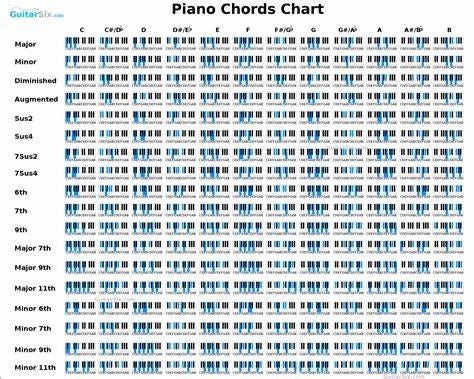


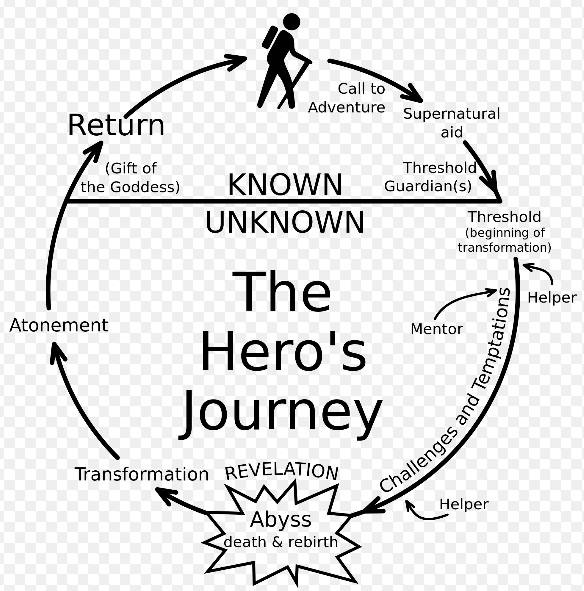
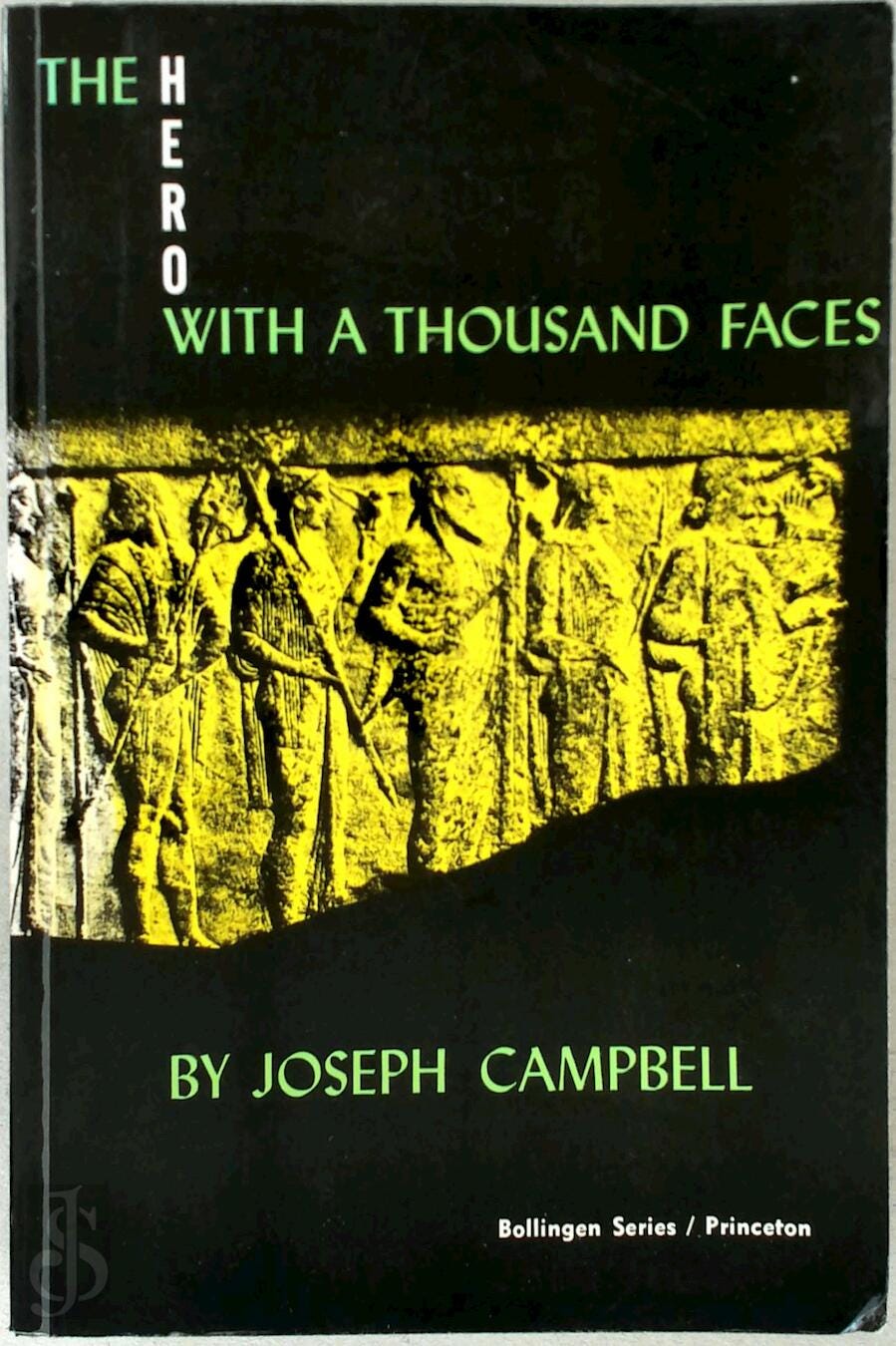

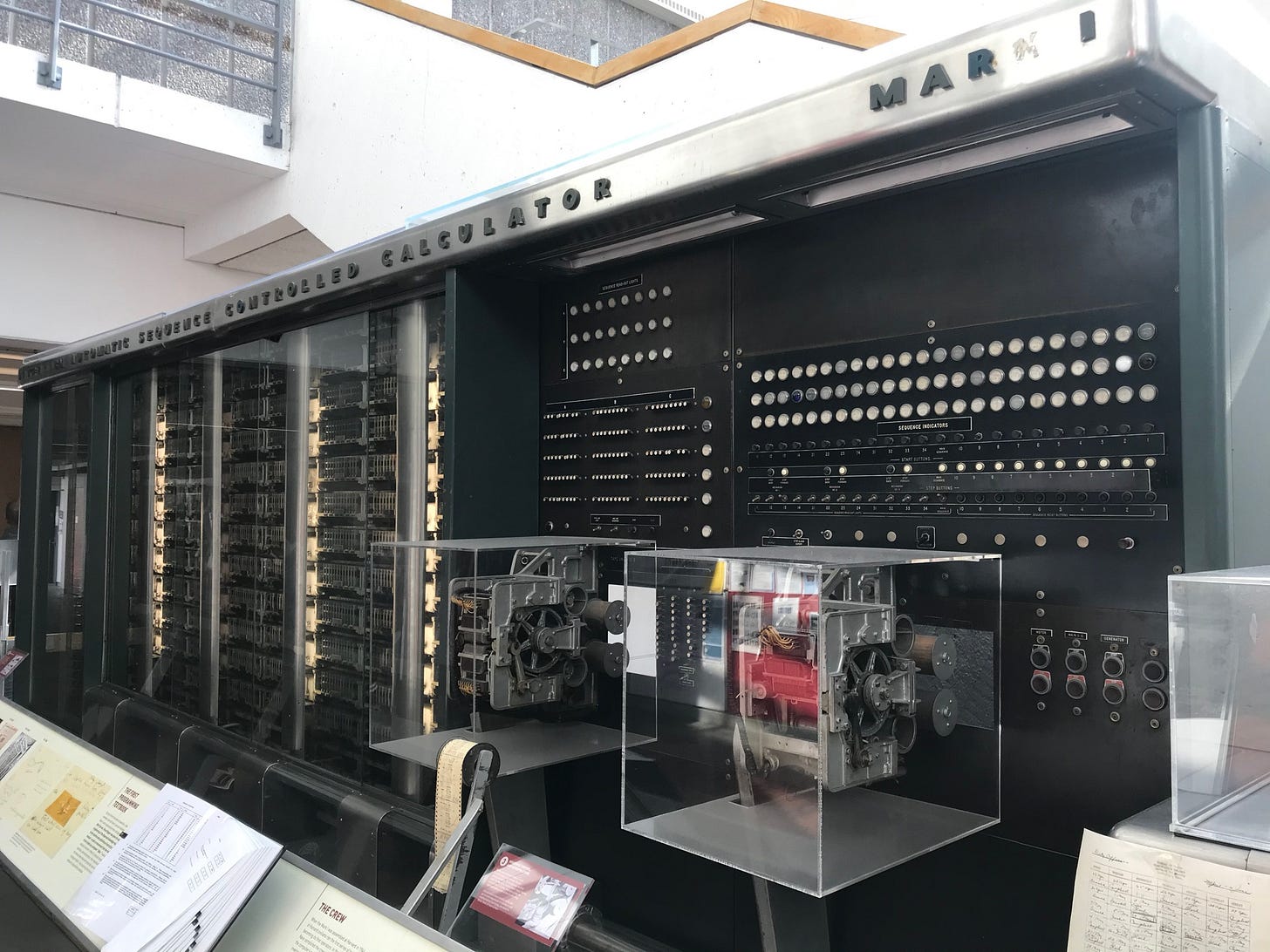
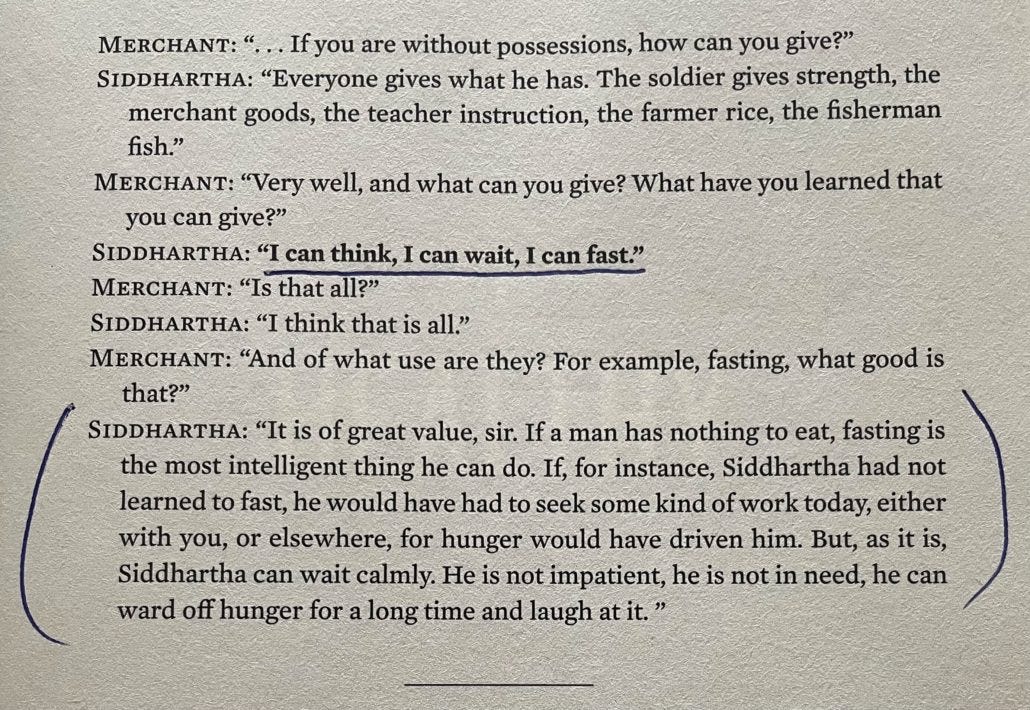




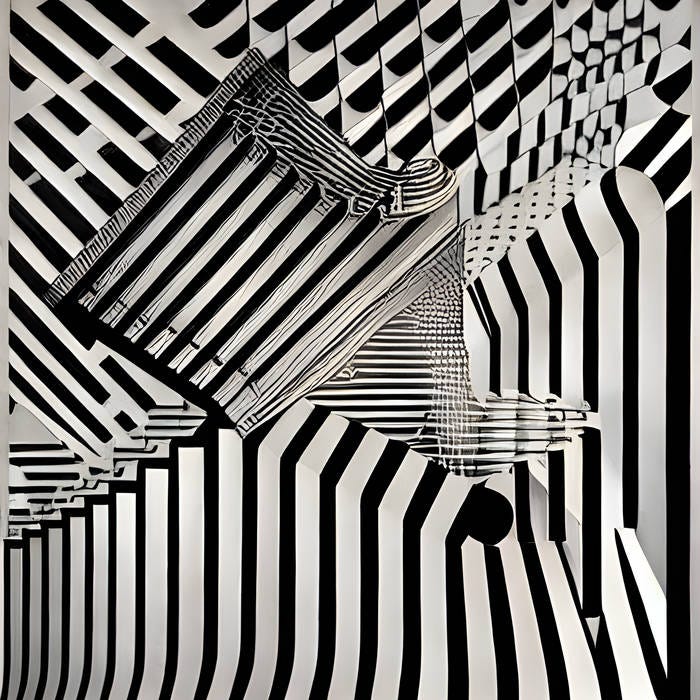



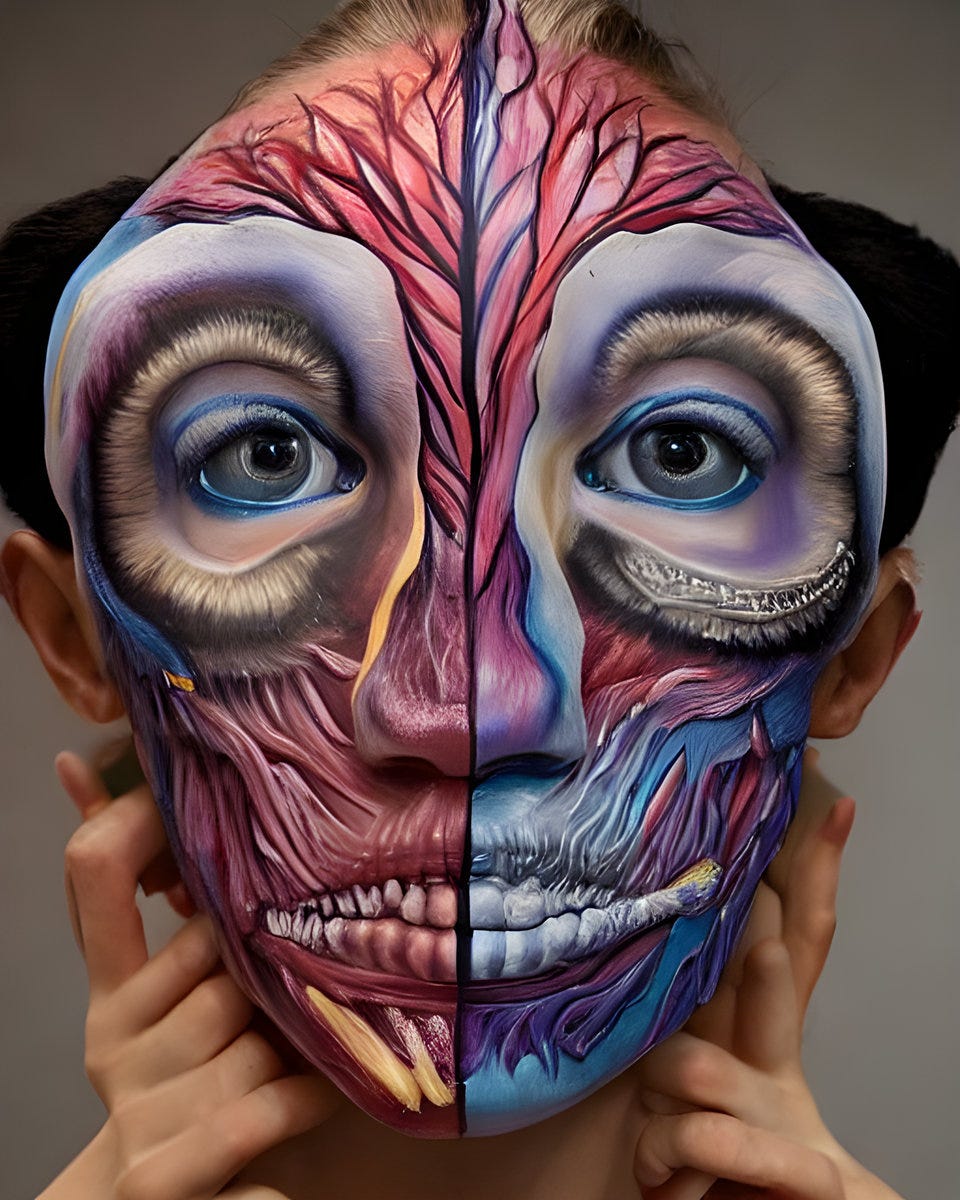

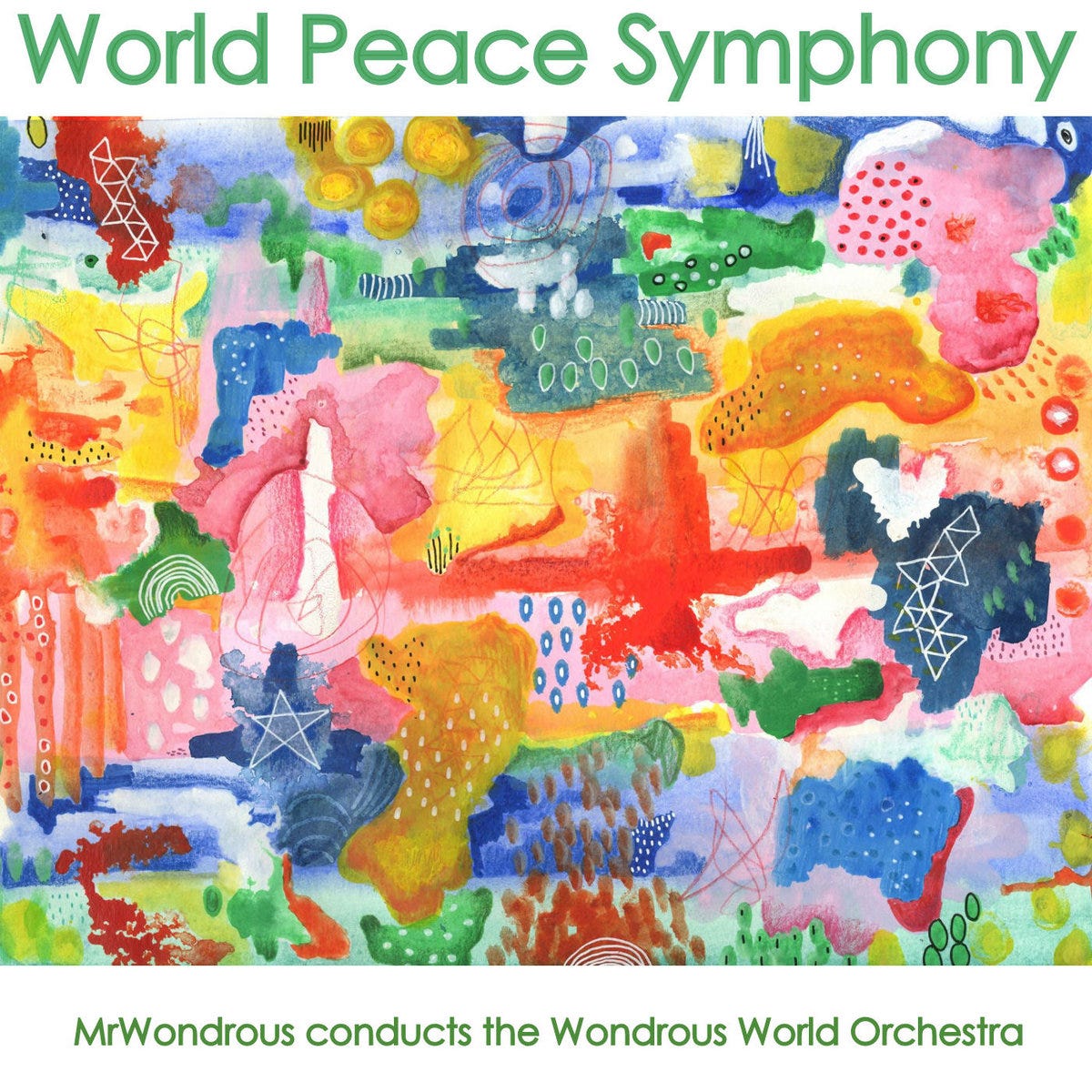




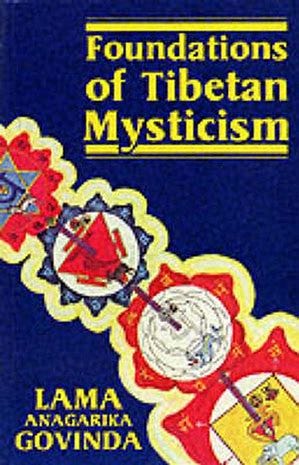
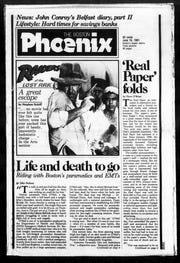
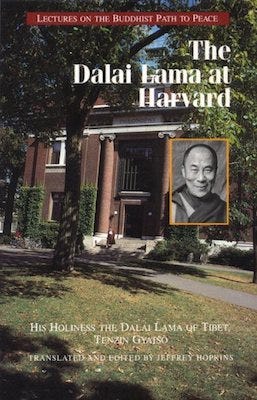
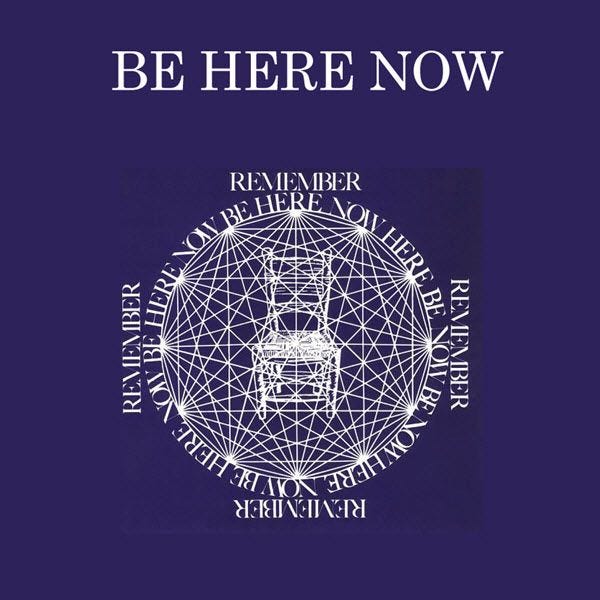
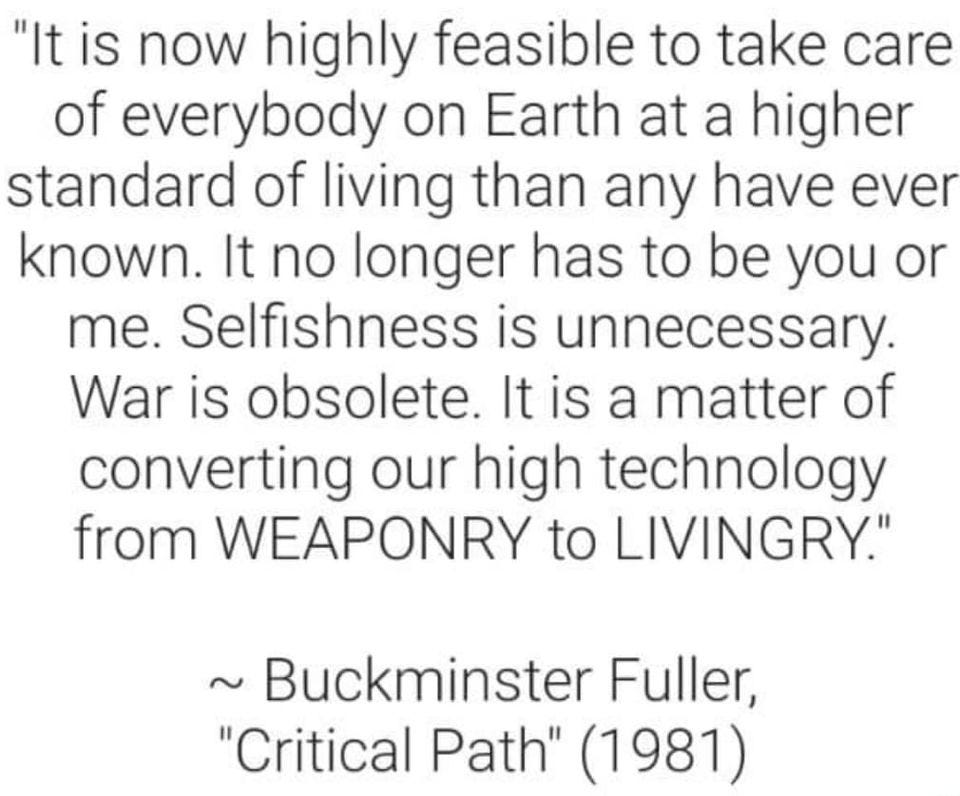

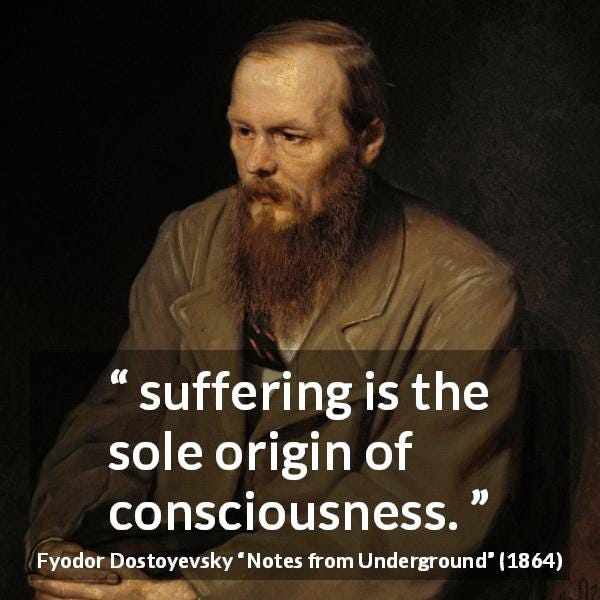

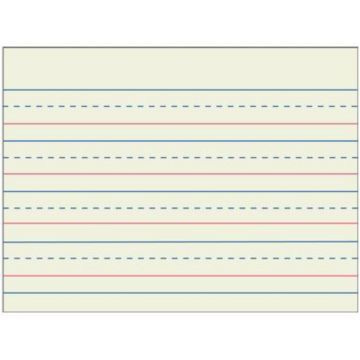









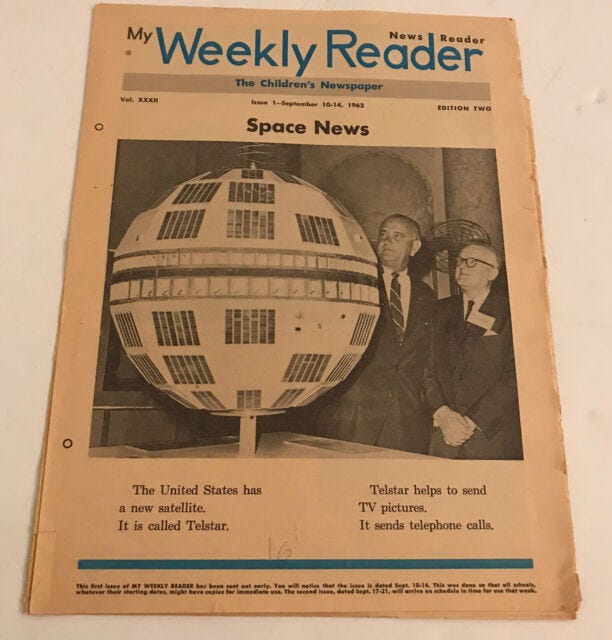
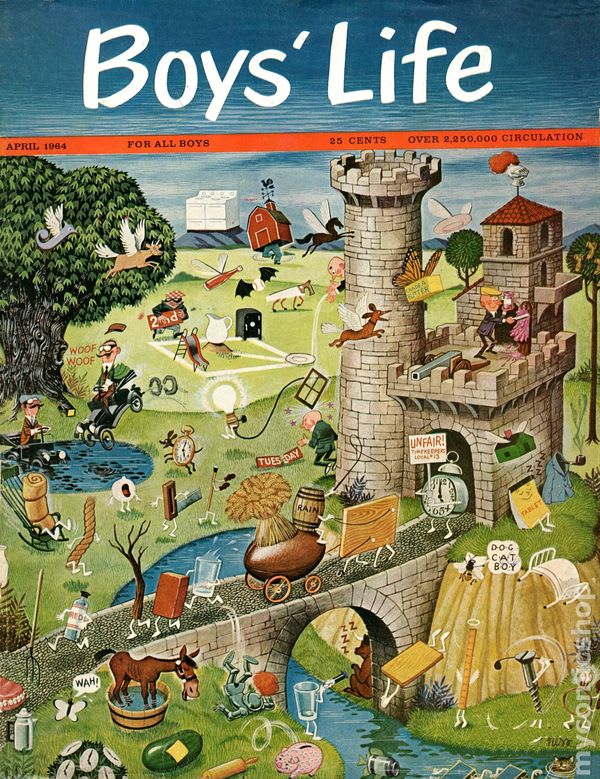

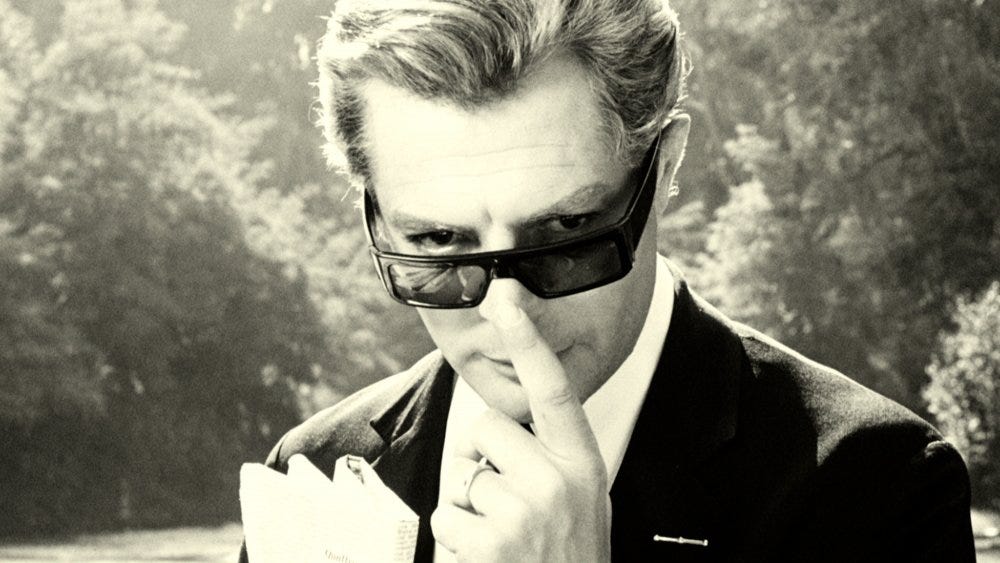

It was hard to click the 'LIKE' button because it doesn't begin to describe how much I LOVED this. You could expand on some of these themes and events and write the most colorful autobiography!